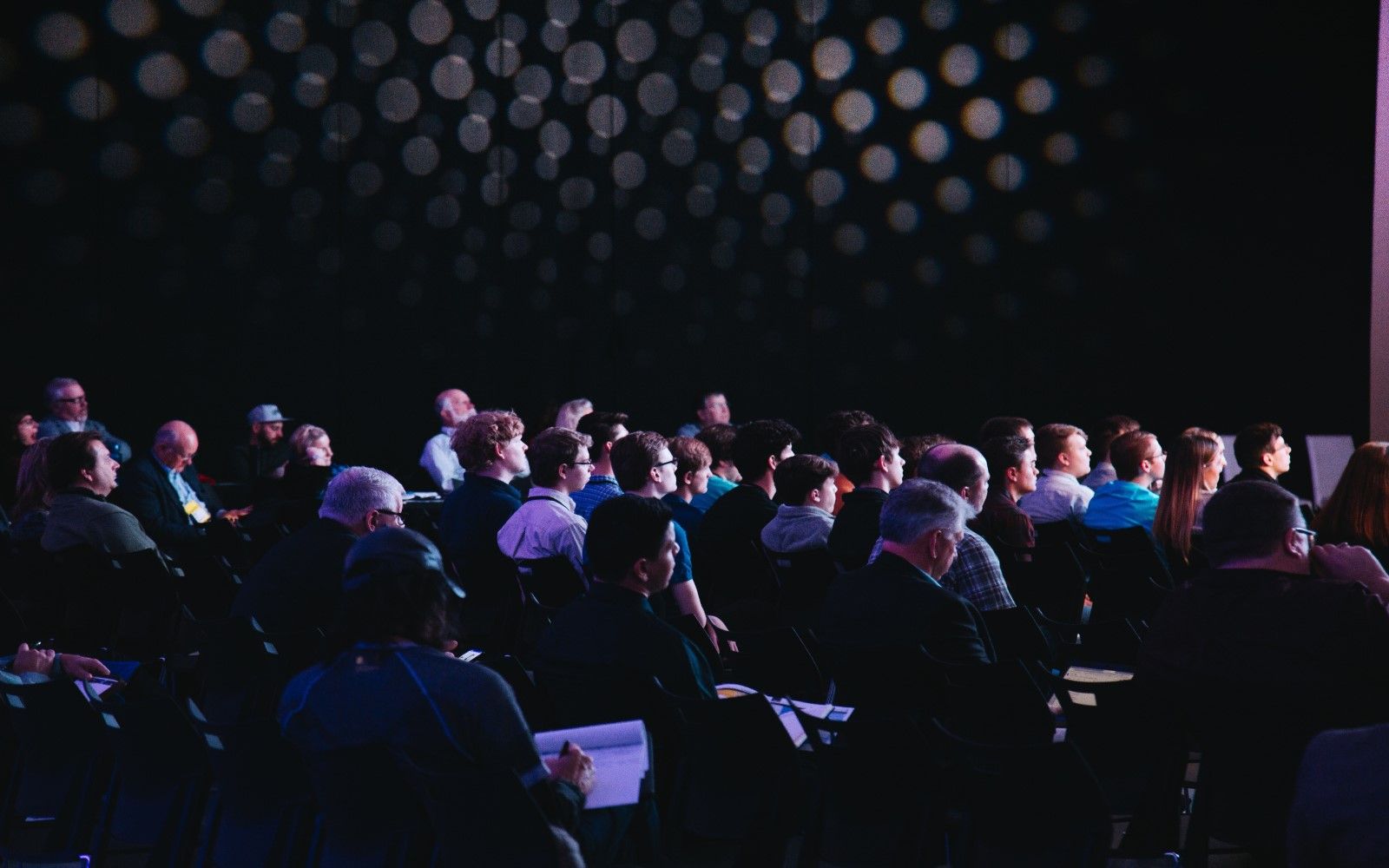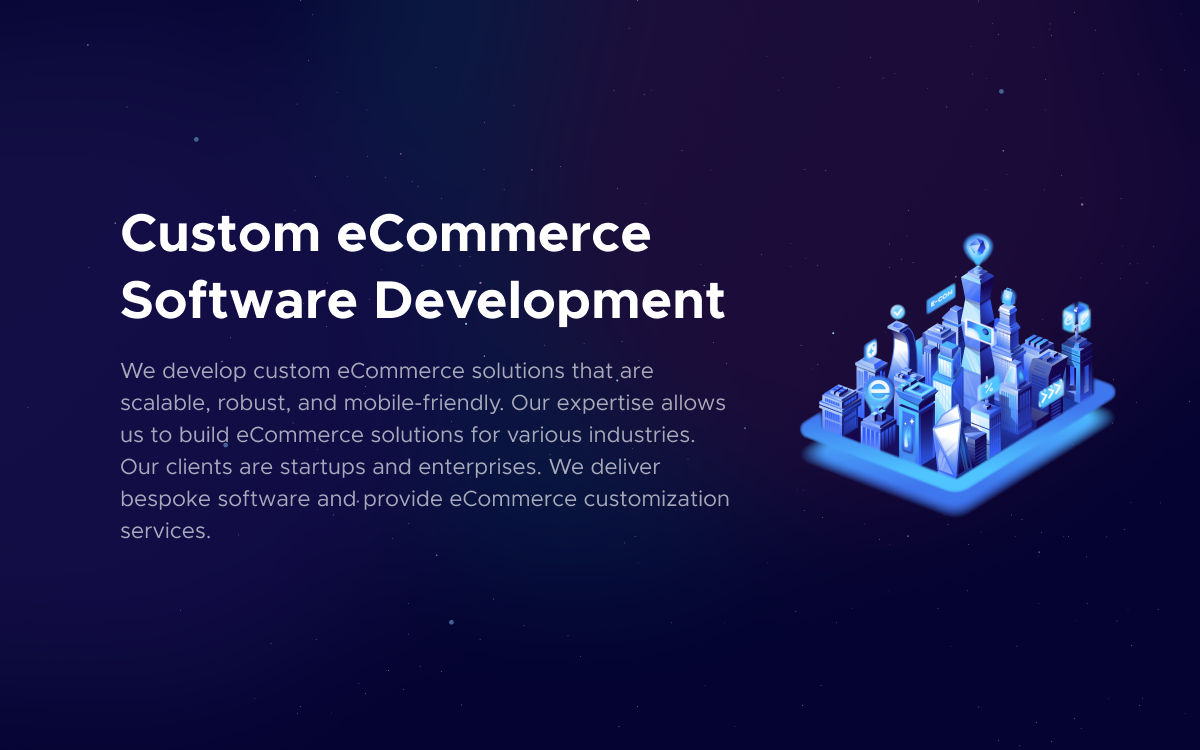The Battle Over Eyeballs: Pros and Cons of Second Screens
When watching a movie or a game, we get distracted by smartphones. Is it a dead-end for visual content industries? Not with the second screen technology.
How often are you sidetracked by a smartphone when watching a game, a movie, or a concert? What if you use it to see additional perspectives and interact with the primary content in real time? Choose the needed angle, compare objects, and don’t miss a thing. We’re talking about the second screen technology which has taken interactivity to a whole new level. What’s all the buzz about? Let’s deal with the technology, its pros and cons.
What is the Second Screen?
The practice of using second screens appeared when we got more devices. People got used to texting or searching information during events. However, today the technology takes new shapes - users have interactive apps at their disposal. Second screen development implies that you use a complementary device like a smartphone when watching live broadcasting or recorded visual content.
The number of mobile devices is growing. According to Statista, it’s likely to reach 17.72 billion worldwide by 2024. Besides, we handle smartphones all the time, even when we seem to be focused on another screen. For example, 45% of U.S. adults use gadgets most of the time while watching TV. Multitasking is booming as devices are getting more omnipresent. What’s business to do with that?
Divide and Rule
It would be unwise to ignore additional gadgets or resent the wrong screens. Therefore, business should make them a part of the marketing strategy. Complimentary screens can provide different functionalities depending on goals:
- First screen control - providing access to what happens on the first screen, create interaction between several devices;
- Selection and discovery - using complementary devices to select preferred content and control its playback;
- Enrichment - offering additional material related to the content on the first screen or enhanced interactivity.

The consumers get an opportunity to see more shots, to participate in quizzes and surveys, to have a real-time chat with each other or even purchase some goods.
The situation when a viewer gets distracted by another screen can be used by various industries involving demonstration: show industry, sports and fitness app development, education, TV app development, film industry, game streaming, video blogging. The technology has a strong commercial potential.
Positive Impacts on Business
The level of customer engagement has never been higher. While users watch a broadcast, they could discover supplementary content on the second screen. Along with content selection and real-time activities, it will improve the content and usability of the first-screen devices. As a result, the users will feel more privileged and valued.
That would not only enrich the broadcasting but be used for commercial purposes. Add native advertisements, offer merch or other relevant goods or services. The joy of recognition triggers and increases the probability of purchase. Complimentary screens empower product placement.
Sports fans prefer more interactive experience rather than simply watching a game. An additional screen gives them an opportunity to see more, to watch replays, or discuss the event with other enthusiasts involved. This could fix the traditionally poor usability of TV screens.

Students and participants of educational seminars can take their studies to a new interactive level as well. Getting bored is a natural tendency though education entities could benefit from it. Offer your audience a virtual Q&A session, a game, or simply additional material that is absent in the main presentation. You’ll get a higher engagement again and appreciation of your services.
Assessing the Challenges
The changes in customers’ behavior look promising for business. Nonetheless, content makers have faced a serious challenge of providing complimentary content and activities for second screens. There are no objections to greater user engagement through additional synchronized options though it implies tedious work and investments. It’s also important to provide second-screen apps for all possible gadgets.
The ecosystem of the additional-screen content has not been regulated yet. Electronic Service Guides need additional mandates in case of their shift to complementary screens. Besides, several market leaders could overdo with complementary apps in order to leave their competitors behind.
As the demand for complementary apps is growing, we shouldn’t underestimate the value of custom solutions. Each content type has its own specifications and objectives. Moreover, users’ habits are still evolving and it would be very complicated to follow them in time with ready-made solutions that are not quite flexible.
The opportunities of the second screen are immense. As usual, the early adopters are creaming off the most loyal and engaged audience. If you’ve already realized the power of the tool and need prompt consulting with technical experts, Fively is always in touch.

Need Help With A Project?
Drop us a line, let’s arrange a discussion















